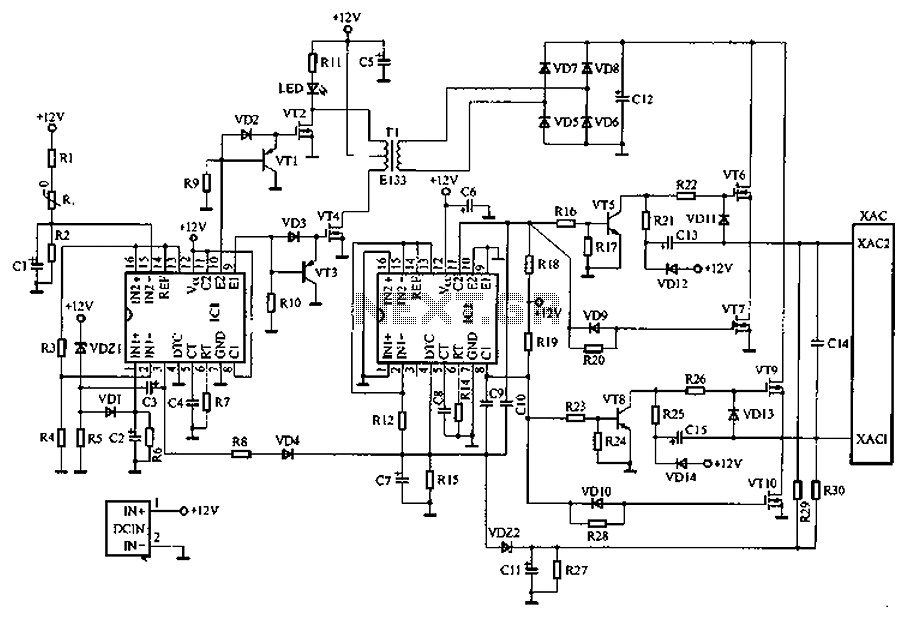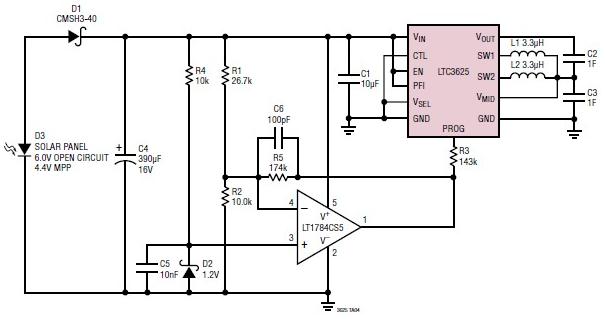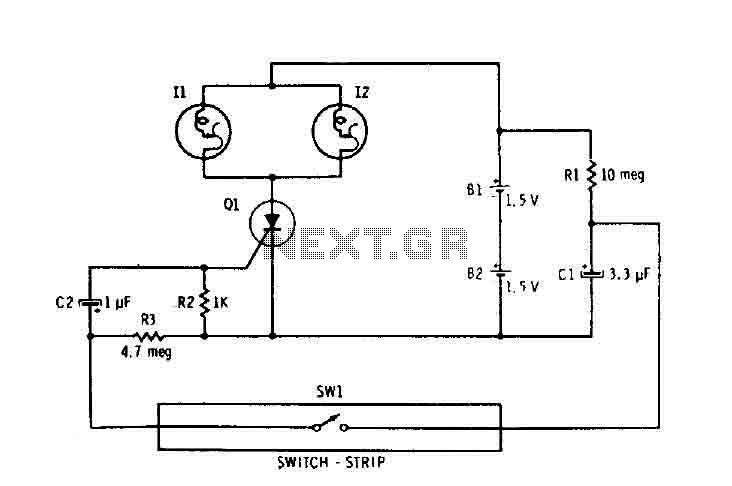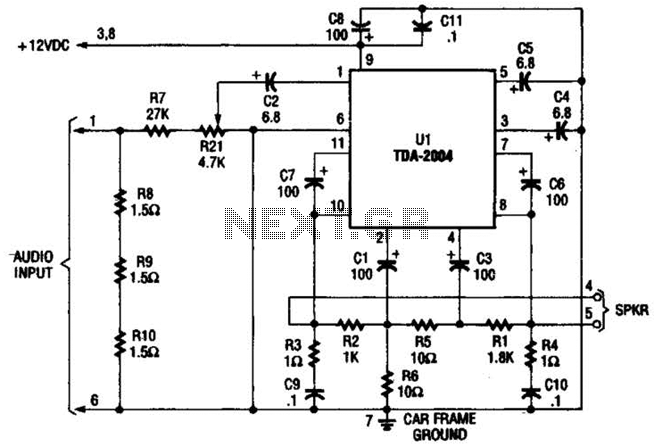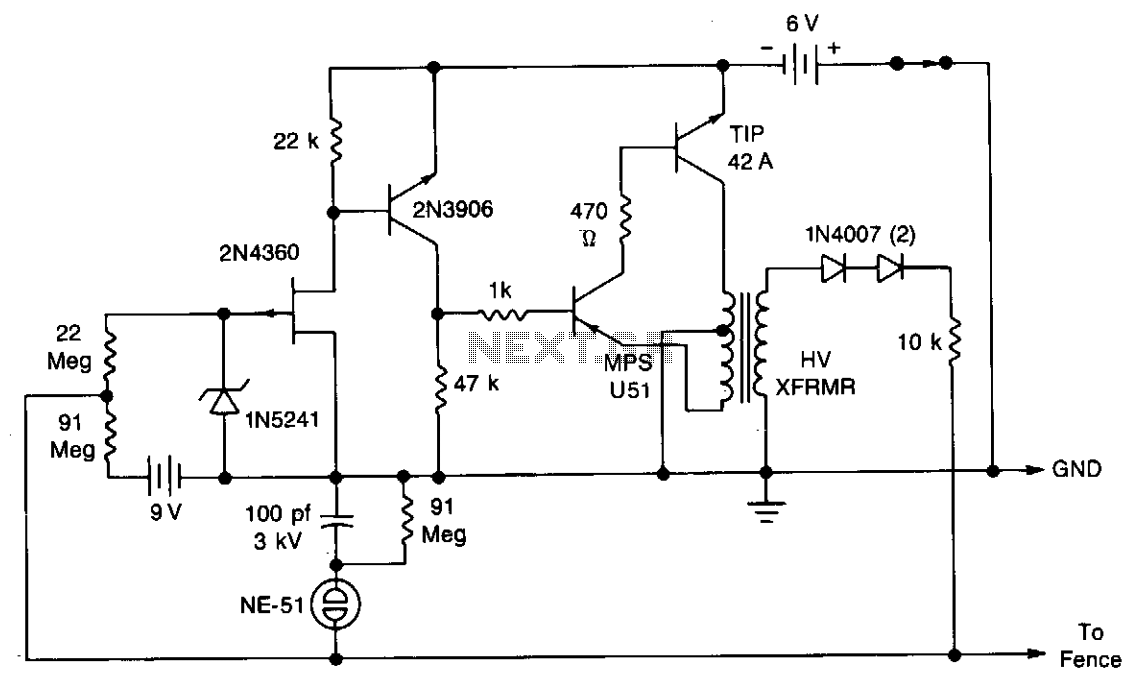
usb car charger

This project involves a mini USB car charger circuit that is simple to construct using only three components. The core of the circuit is the LM78M05 integrated circuit (IC), which is a 5V positive voltage regulator. This IC includes several built-in features such as thermal overload protection, short circuit protection, and safe operating area protection. The circuit can be easily connected to the car's cigarette lighter socket, converting 12V DC to 5V DC to charge various USB devices. The output current of the circuit is 500mA, which is sufficient to charge any USB device. Essentially, this circuit functions as a DC to DC converter and can also be utilized to power many 5V to 6V DC devices from the car battery. There are additional similar circuits available that can power 5V or 9V devices from a car battery, such as a 12V to 5V converter and a 12V to 9V converter with a 1000mA output current. It is advisable to verify the connections and the 5V output voltage of the circuit with a multimeter before connecting any USB device for charging, ensuring the circuit operates correctly without any soldering or wiring errors.
The mini USB car charger circuit is designed to efficiently convert the higher voltage from a car battery (typically 12V DC) to a lower, safer voltage suitable for USB-powered devices (5V DC). The LM78M05 voltage regulator serves as the primary component, providing a stable output voltage while incorporating essential safety features to protect both the circuit and the connected devices.
The circuit layout typically includes the LM78M05 IC, input and output capacitors, and a connection point for the cigarette lighter socket. The input capacitor, usually a ceramic or electrolytic capacitor, is connected to the input pin of the LM78M05 to filter any high-frequency noise and stabilize the input voltage. The output capacitor, also placed close to the output pin, helps to maintain a steady output voltage under varying load conditions.
The output current rating of 500mA indicates that the circuit can charge devices such as smartphones, tablets, and other USB gadgets efficiently. For applications requiring higher output current, alternative configurations using different voltage regulators or additional components may be employed, such as the mentioned 12V to 9V converter capable of delivering 1000mA.
To ensure the reliability and safety of the circuit, it is crucial to follow proper wiring practices and verify the output voltage with a multimeter before connecting any devices. This precaution helps to avoid potential damage to sensitive electronics due to incorrect voltage levels. Overall, this mini USB car charger circuit represents a practical solution for charging USB devices on the go, leveraging the car's battery power efficiently.This is a project of a mini USB car charger circuit. The circuit is very simple to build using only three components. Heart of the circuit is a LM78M05 IC which is a 5V positive voltage regulator IC. This IC has many built in featuers like thermal overload protection, short circuit protection, safe operating area protection etc. The circuit can b e easily connected with the cigar socket in car and convert 12 volt DC to 5 volt DC and charge many USB devices. Out put current of the circuit is 500mA which is enough to charge any USB device. The circuit is basically a DC to DC converter and can also be used to run many 5 to 6 volt DC device from car battery.
There are also other similar circuits which you can use to run any 5V or 9V devices from car battery like 12V to 5V converter and 12V to 9V converter with 1000mA output current. Note: It is adviced to check and confirm the connections and 5 volt output voltage of the circuit with multimeter before connecting any USB device for charging to make sure the circuit is working fine without any soldering or wiring error and providing 5 volt DC output.
🔗 External reference
The mini USB car charger circuit is designed to efficiently convert the higher voltage from a car battery (typically 12V DC) to a lower, safer voltage suitable for USB-powered devices (5V DC). The LM78M05 voltage regulator serves as the primary component, providing a stable output voltage while incorporating essential safety features to protect both the circuit and the connected devices.
The circuit layout typically includes the LM78M05 IC, input and output capacitors, and a connection point for the cigarette lighter socket. The input capacitor, usually a ceramic or electrolytic capacitor, is connected to the input pin of the LM78M05 to filter any high-frequency noise and stabilize the input voltage. The output capacitor, also placed close to the output pin, helps to maintain a steady output voltage under varying load conditions.
The output current rating of 500mA indicates that the circuit can charge devices such as smartphones, tablets, and other USB gadgets efficiently. For applications requiring higher output current, alternative configurations using different voltage regulators or additional components may be employed, such as the mentioned 12V to 9V converter capable of delivering 1000mA.
To ensure the reliability and safety of the circuit, it is crucial to follow proper wiring practices and verify the output voltage with a multimeter before connecting any devices. This precaution helps to avoid potential damage to sensitive electronics due to incorrect voltage levels. Overall, this mini USB car charger circuit represents a practical solution for charging USB devices on the go, leveraging the car's battery power efficiently.This is a project of a mini USB car charger circuit. The circuit is very simple to build using only three components. Heart of the circuit is a LM78M05 IC which is a 5V positive voltage regulator IC. This IC has many built in featuers like thermal overload protection, short circuit protection, safe operating area protection etc. The circuit can b e easily connected with the cigar socket in car and convert 12 volt DC to 5 volt DC and charge many USB devices. Out put current of the circuit is 500mA which is enough to charge any USB device. The circuit is basically a DC to DC converter and can also be used to run many 5 to 6 volt DC device from car battery.
There are also other similar circuits which you can use to run any 5V or 9V devices from car battery like 12V to 5V converter and 12V to 9V converter with 1000mA output current. Note: It is adviced to check and confirm the connections and 5 volt output voltage of the circuit with multimeter before connecting any USB device for charging to make sure the circuit is working fine without any soldering or wiring error and providing 5 volt DC output.
🔗 External reference
